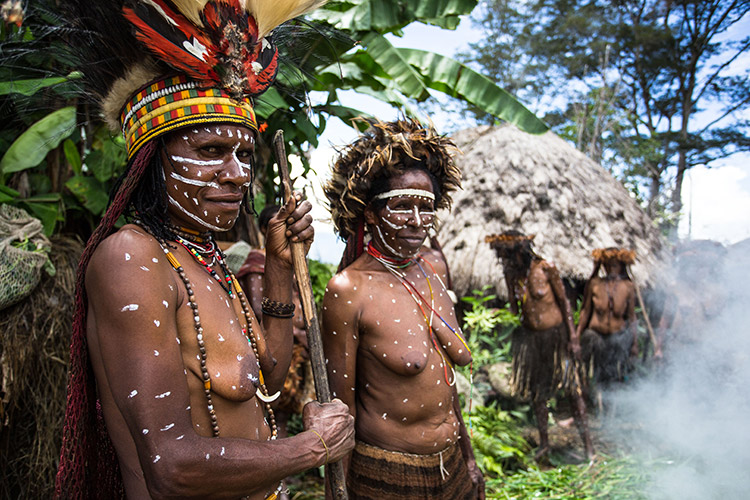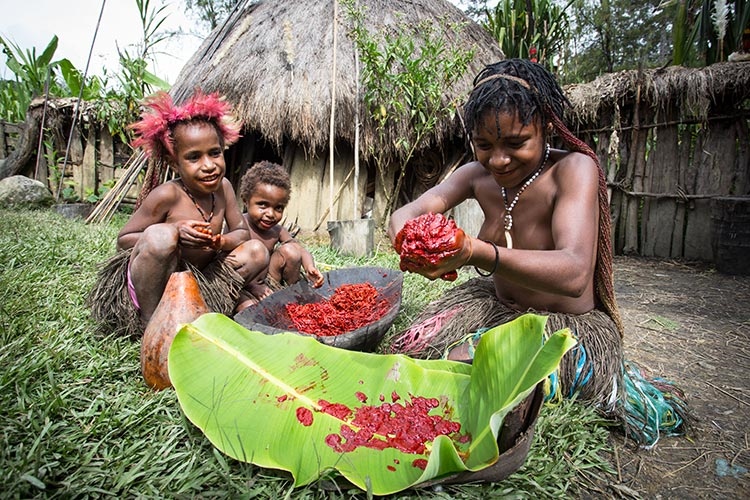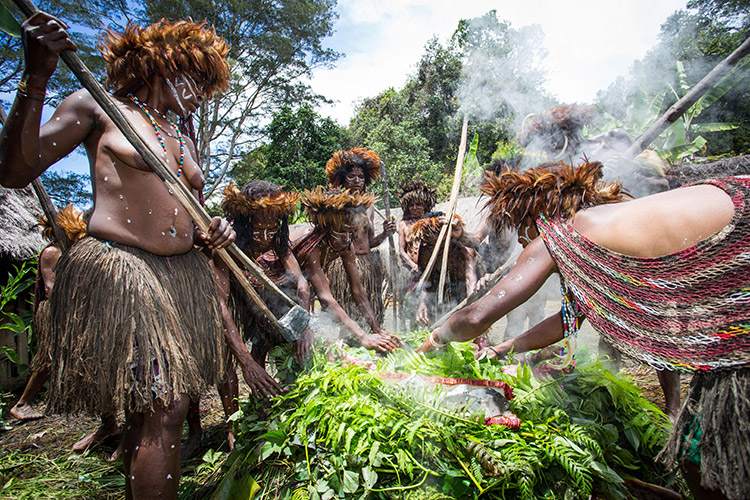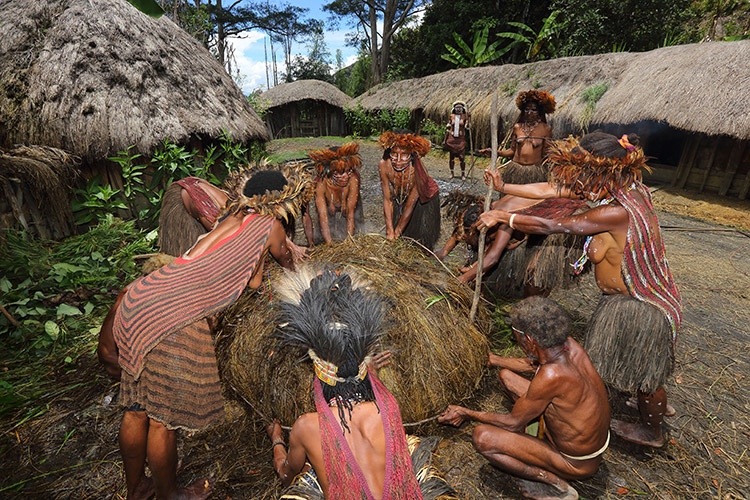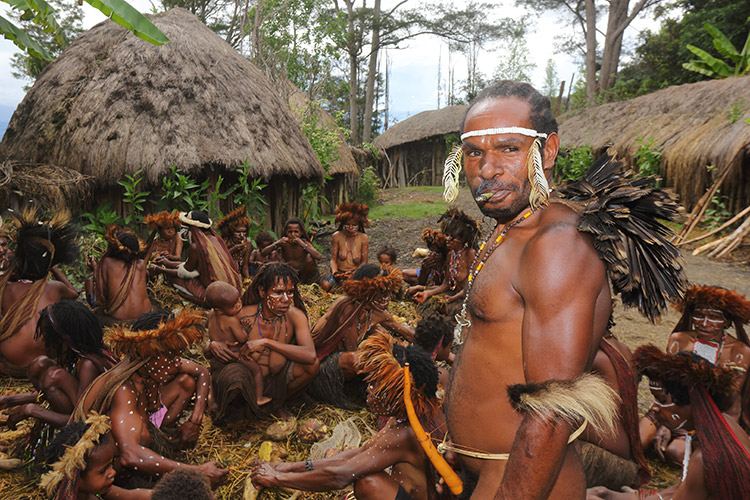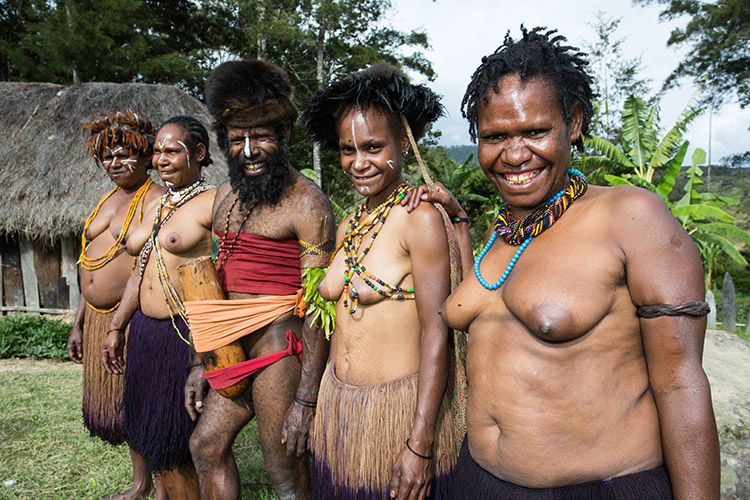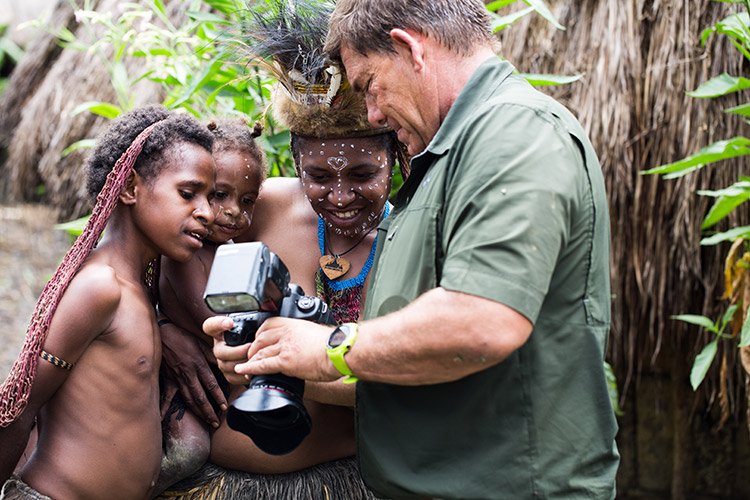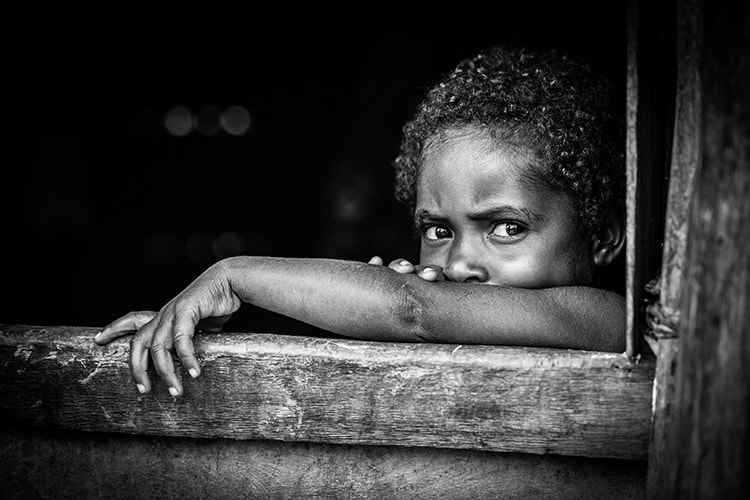Field Journal: Baliem Valley Resort Adventure, Papua Indonesia
Posted by Jonathan Rossouw
in Asia & Pacific and Expeditions
Our Raja Ampat Diving and Snorkeling Extravaganza was followed by an extension into the highlands of Papua. Here, we came face to face with our own species, in one of its most bizarre manifestations. Renowned amongst naturalists as boasting the world’s richest reefs and most diverse island avifauna, New Guinea is equally famous amongst anthropologists and linguists for the extreme diversity of its indigenous tribal cultures. It was only in 1938 that zoologist Richard Archbold first crested the precipitous ramparts of the Snow Mountains, peering out of his flying boat’s window at the Baliem River meandering across its broad valley, a pastoral scene of neat village compounds and extensive cultivation. He could only have dreamed at the full significance of his discovery, for here lived the last substantial indigenous people unknown to the outside world, a full fifty thousand people practicing a Stone Age existence in the middle of the 20th century. The discovery made world headlines, capturing the imagination of a generation and leading to extensive anthropological research. The Dani, Lani and Yali tribes who inhabited the valley and its surrounding cloud forest-cloaked slopes were agriculturalists who independently conceived of plant cultivation, almost 9,000 years ago, raising yams and sweet potatoes and pigs in intensively cultivated fields tilled with stone tools. But it was their cosmology, played out in complicated, ritualized warfare, so poignantly described by Peter Matthiessen in his description of the 1968 Princeton Expedition, Under the Mountain Wall, and their wild adornments that so captured the imagination.
Although much has changed in the half century since initial contact, first by missionaries, then anthropologists, and most recently by wide-eyed travelers and a central Indonesian government administration bent on quelling any separatist notions, with warring giving way to more peaceful co-existence, many of the fascinating traditions of the Dani are still strictly adhered to and widely practiced.
Our band of intrepid Apex explorers arrived into the highland village and district capital of Wamena by air, still the only access from the outside world, a fact making the presence of vehicles and buildings all the more remarkable. Starting at the bustling local market, we came face to face with elderly gents clad only in their penis gourds, known colloquially as kotekas and amongst anthropologists as phallocrypts, wandering amongst ladies bearing, across their foreheads, the traditional, hold-all mesh bilem bags woven from natural bark fibred. Hairy, free-roaming pigs, highly valued and a core part of Dani culture, rooted through the piles of vegetable scraps around the fringes. Based at the comfortable Baliem Resort, situated in forested grounds overlooking the eastern valley and itself a fantastic repository of indigenous Papuan tribal carving, we spent three full days hiking and exploring the surrounding pastoral countryside. Although we’ll all remember our hike up to the salt springs, the atmospheric mummy at Jiwika, and the scenic splendor of the rushing Baliem River carving its way through the dramatic South Baliem Gorge, it was the day witnessing a full Kilimpig festival that is indelibly etched upon our memories.
From the dramatic body adornment and rhythmic chanting of the village people to the fire-making and meticulous preparation of the traditional earthen oven, it was a feast for every sense, and we departed the highlands of Papua with bulging memory cards and a renewed sense of wonder at the marvelous richness of our planet and its peoples.

